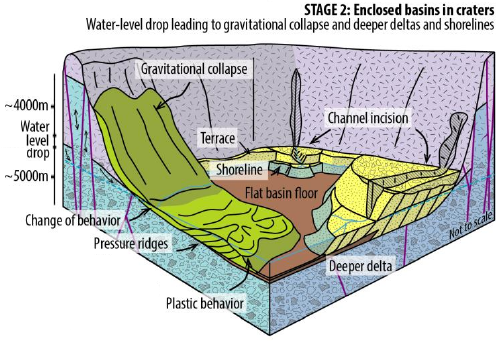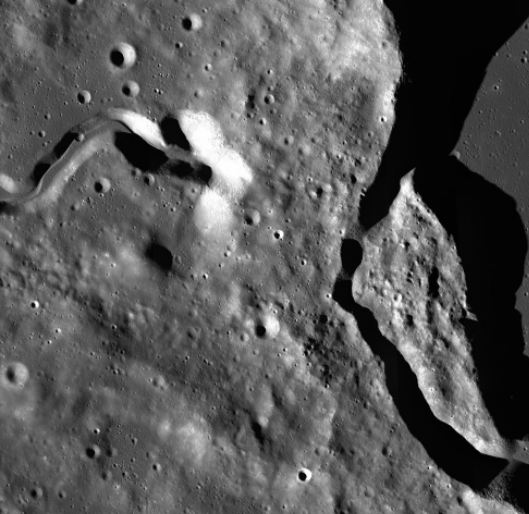The unfinished search for the Hubble constant
The uncertainty of science: Scientists continue to struggle in their still unfinished search for determining the precise expansion rate for the universe, dubbed the Hubble constant in honor of Edwin Hubble, who discovered that expansion.
The problem is, the values obtained from [two different] methods do not agree—a discrepancy cosmologists call “tension.” Calculations from redshift place the figure at about 73 (in units of kilometers per second per megaparsec); the CMB estimates are closer to 68. Most researchers first thought this divergence could be due to errors in measurements (known among astrophysicists as “systematics”). But despite years of investigation, scientists can find no source of error large enough to explain the gap.
I am especially amused by these numbers. Back in 1995 NASA had a big touted press conference to announce that new data from the Hubble Space Telescope had finally determined the exact number for the Hubble constant, 80 (using the standard above). The press went hog wild over this now “certain” conclusion, even though other astronomers disputed it, and offered lower numbers ranging from 30 to 65. Astronomer Allan Sandage of the Carnegie Observatories was especially critical of NASA’s certainty, and was dully ignored by most of the press.
In writing my own article about this result, I was especially struck during my phone interview with Wendy Friedman, the lead scientist for Hubble’s results, by her own certainty. When I noted that her data was very slim, the measurements of only a few stars from one galaxy, she poo-pooed this point. Her result had settled the question!
I didn’t buy her certainty then, and in my article, for The Sciences and entitled most appropriately “The Hubble Inconstant”, made it a point to note Sandage’s doubts. In the end it turns out that Sandage’s proposed number then of between 53 and 65 was a better prediction.
Still, the science for the final number remains unsettled, with two methods coming up with numbers that are a little less than a ten percent different, and no clear explanation for that difference. Isn’t science wonderful?
The uncertainty of science: Scientists continue to struggle in their still unfinished search for determining the precise expansion rate for the universe, dubbed the Hubble constant in honor of Edwin Hubble, who discovered that expansion.
The problem is, the values obtained from [two different] methods do not agree—a discrepancy cosmologists call “tension.” Calculations from redshift place the figure at about 73 (in units of kilometers per second per megaparsec); the CMB estimates are closer to 68. Most researchers first thought this divergence could be due to errors in measurements (known among astrophysicists as “systematics”). But despite years of investigation, scientists can find no source of error large enough to explain the gap.
I am especially amused by these numbers. Back in 1995 NASA had a big touted press conference to announce that new data from the Hubble Space Telescope had finally determined the exact number for the Hubble constant, 80 (using the standard above). The press went hog wild over this now “certain” conclusion, even though other astronomers disputed it, and offered lower numbers ranging from 30 to 65. Astronomer Allan Sandage of the Carnegie Observatories was especially critical of NASA’s certainty, and was dully ignored by most of the press.
In writing my own article about this result, I was especially struck during my phone interview with Wendy Friedman, the lead scientist for Hubble’s results, by her own certainty. When I noted that her data was very slim, the measurements of only a few stars from one galaxy, she poo-pooed this point. Her result had settled the question!
I didn’t buy her certainty then, and in my article, for The Sciences and entitled most appropriately “The Hubble Inconstant”, made it a point to note Sandage’s doubts. In the end it turns out that Sandage’s proposed number then of between 53 and 65 was a better prediction.
Still, the science for the final number remains unsettled, with two methods coming up with numbers that are a little less than a ten percent different, and no clear explanation for that difference. Isn’t science wonderful?








